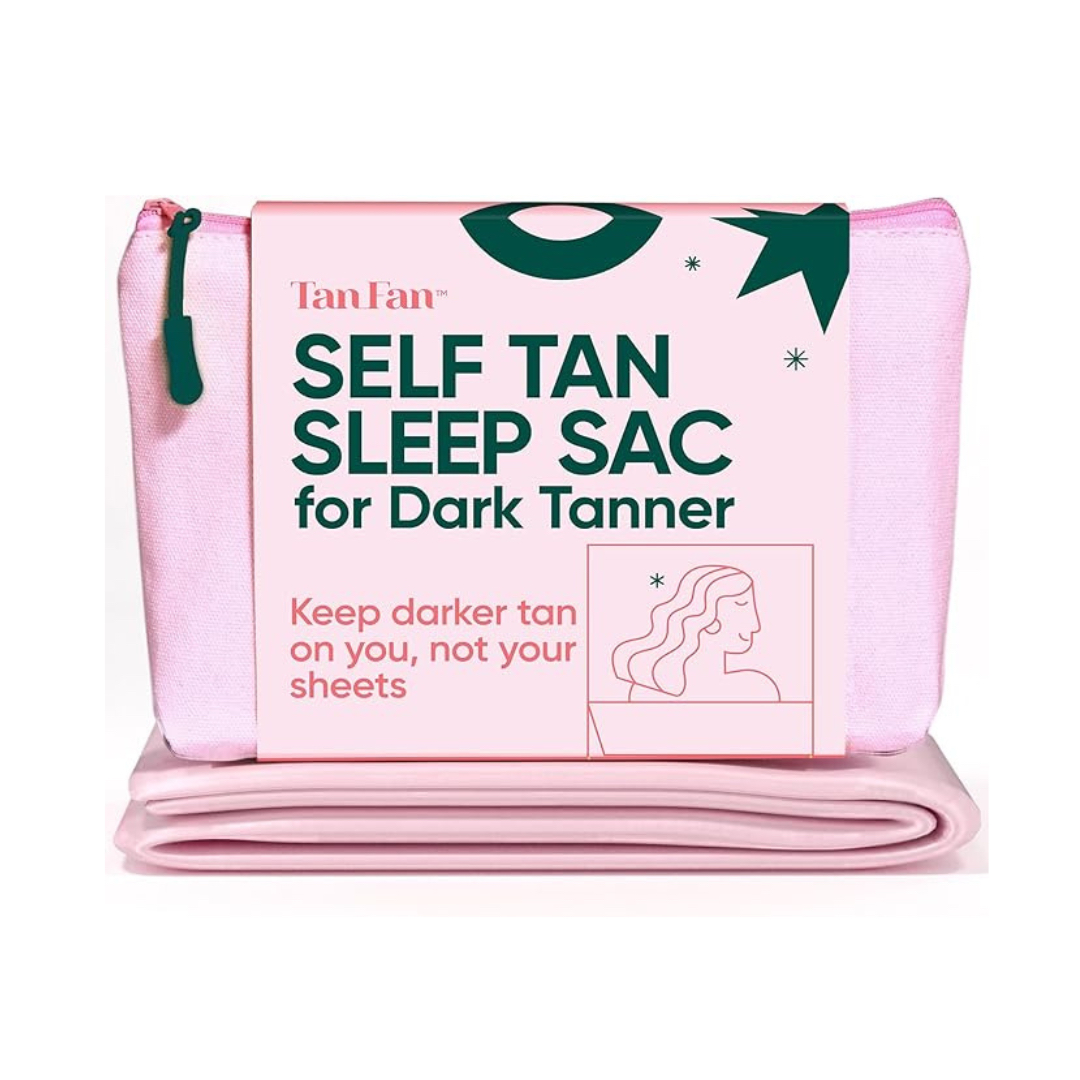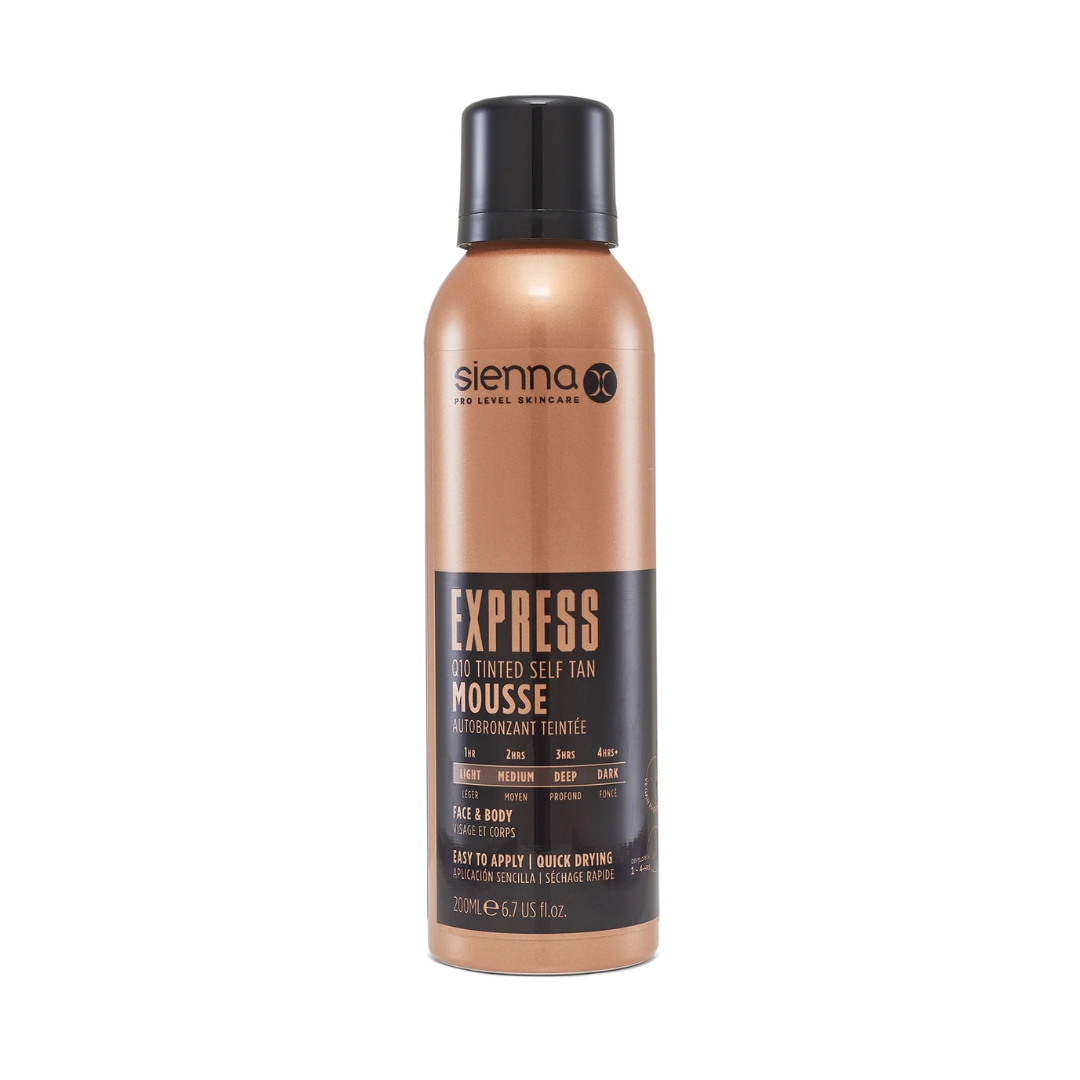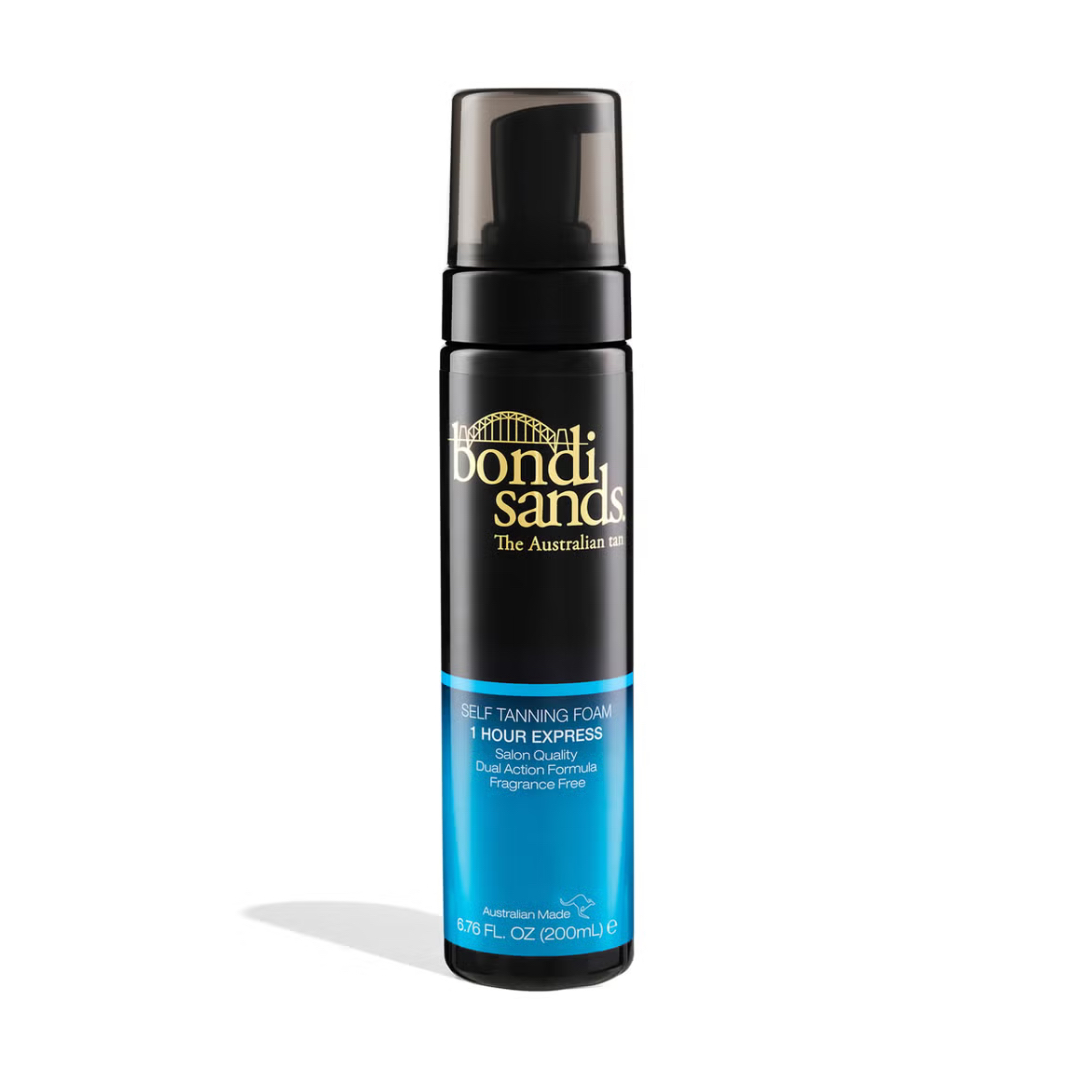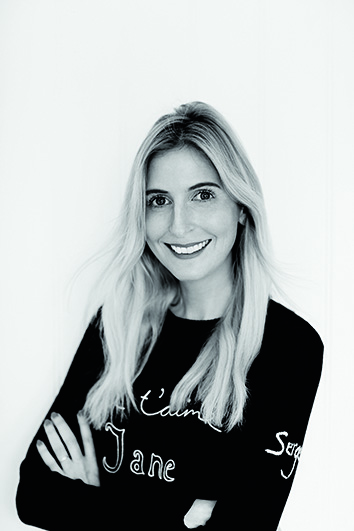I'm a serial self-tanner and these are my foolproof methods to protect your bedsheets from fake tan
Waking up with a faux glow is one thing, but stained sheets are quite another. Here’s how to tan without any orange-tinged leave-behind...

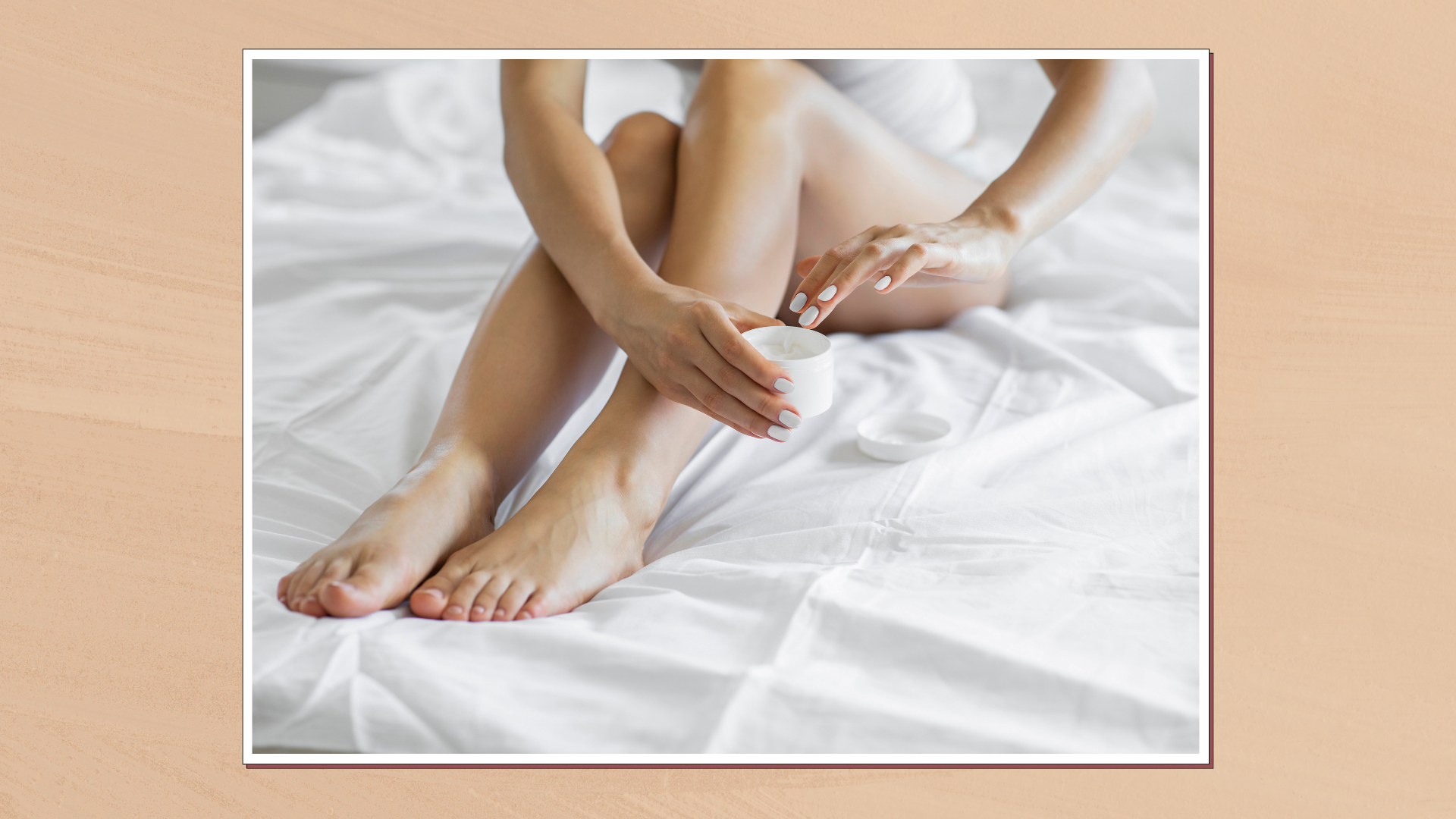
I used to assign an important role to a specific set of bed sheets and pyjamas: "only to be worn on fake tan nights".
It turns out, though, that the nights I wanted to slather on my best fake tan for mature skin were more frequent than the ones I didn't, and there was only so much staining a bedsheet could take. I needed a different tactic - and on TikTok, tan-stained bedsheets have close to 50 million posts, confirming that I am not alone.
Fake tan's active ingredient, dihydroxyacetone (DHA), is colourless. The main offender for staining is often the guide colour, which helps you see where you've applied but can transfer onto fabrics and leave a crime-scene-like outline on your sheets, especially if you sweat a lot. So, is it possible to get an even, all-body glow without detriment to your bedding? I've asked the experts.
How to stop self tan coming off on your bedsheets, by two tanning experts
As with most aspects of beauty, prevention is better than cure when it comes to keeping your bedsheets self tan free. These are the clever products and sheet protectors that'll help you along the way.
1. Try a wash-off
If you're looking for a one-night glow, or it’s suddenly sunny outside, wash-off tanners can be a brilliant option. “They give that instant payoff and rinse away easily at the end of the day,” says Nicky Matthews, founder of Sienna X. Think of it as makeup for your body, but just like face makeup, some of the best instant tan products have more stubborn tints than others, so it’s best to wash off properly before bed.
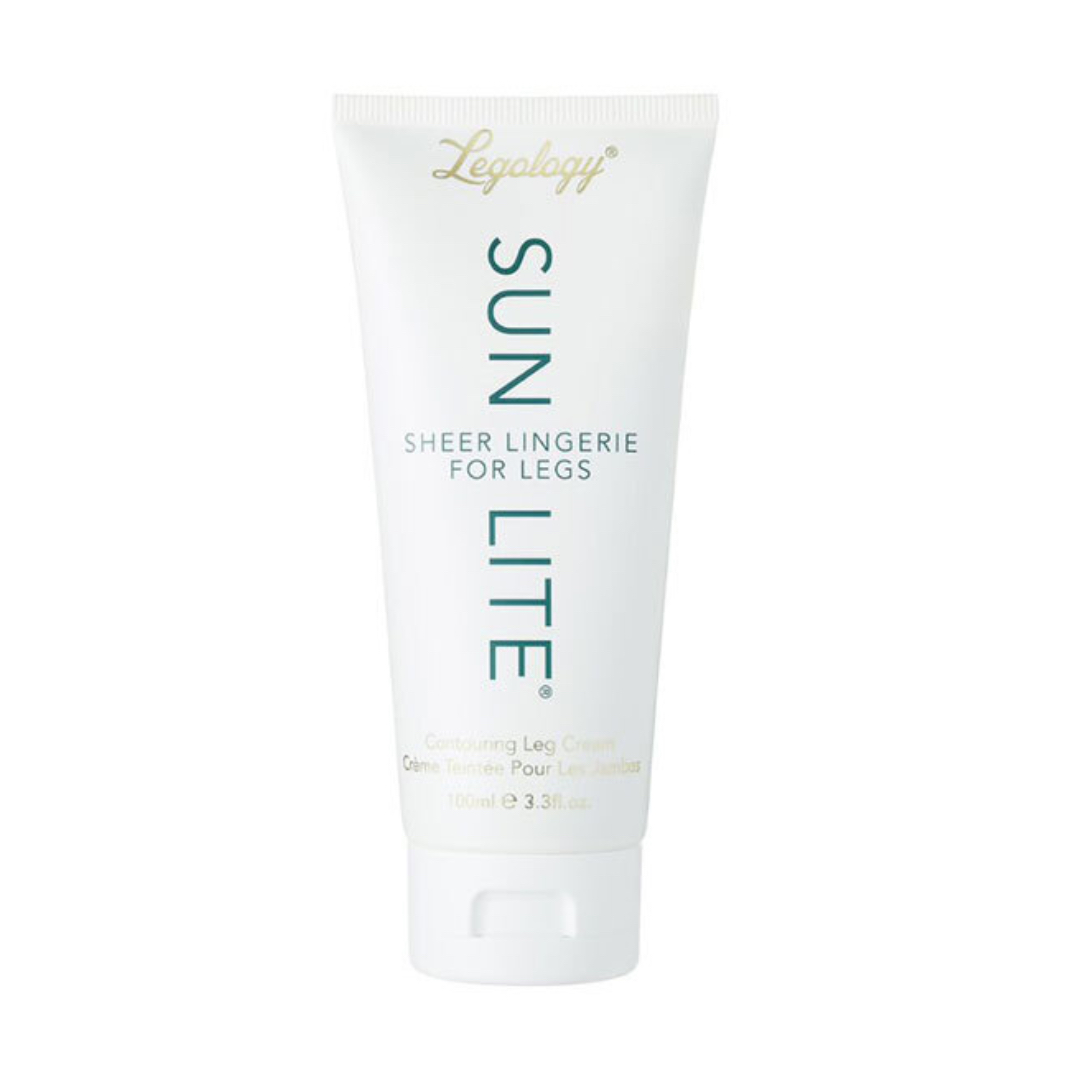
RRP: £39.50
Arguably one of the best body makeup products around. This delivers a natural tint while hiding bumps, veins and anything else you’d prefer not to be on show. It doesn’t transfer onto clothes and washes off with soapy water easily.
2. Use protection
Acting as a transfer-free dividing layer between you and your treasured bedding, these are a game-changer for tanning enthusiasts. Some are like silky sleeping bags, while others slip over your pillows. It’s a simple but clever concept that keeps your sheets streak-free (saving you frequent weekly washes) and allows your tan to develop more evenly and flawlessly overnight.
3. Go gradual
The best gradual tans allow you to build up a glow over time and are great for those short on time or who are nervous about getting tan on their favourite bedsheets. “They deliver a hint of colour with added moisture, and you can build the colour each day to keep your tan topped up, all without transferring any guide colour onto bedding,” explains Sophie Evans from St. Tropez. Apply in the morning, and it will have all day to dry down.
Sign up to our free daily email for the latest royal and entertainment news, interesting opinion, expert advice on styling and beauty trends, and no-nonsense guides to the health and wellness questions you want answered.
4. Wear dark colours to bed
Using a towel or sleeping in long, dark pyjamas can help protect your sheets. “If you’re tanning in the evening, pop a towel over your pillowcase too – especially if you're using product on your neck and chest area, as we can perspire more in these areas,” recommends Nicky.
5. Look for rapid-developing technology
Regardless of whether you use the best fake tan for pale skin or dark skin, one of the worst parts of fake tanning is hanging about half naked waiting for it to dry – especially if you’re about to climb into bed and your crisp white sheets are quivering at the thought.
This is where express self-tans come in. With a drying time usually between one and three hours, they leave plenty of time to wash the guide colour off in the shower before you get into bed.
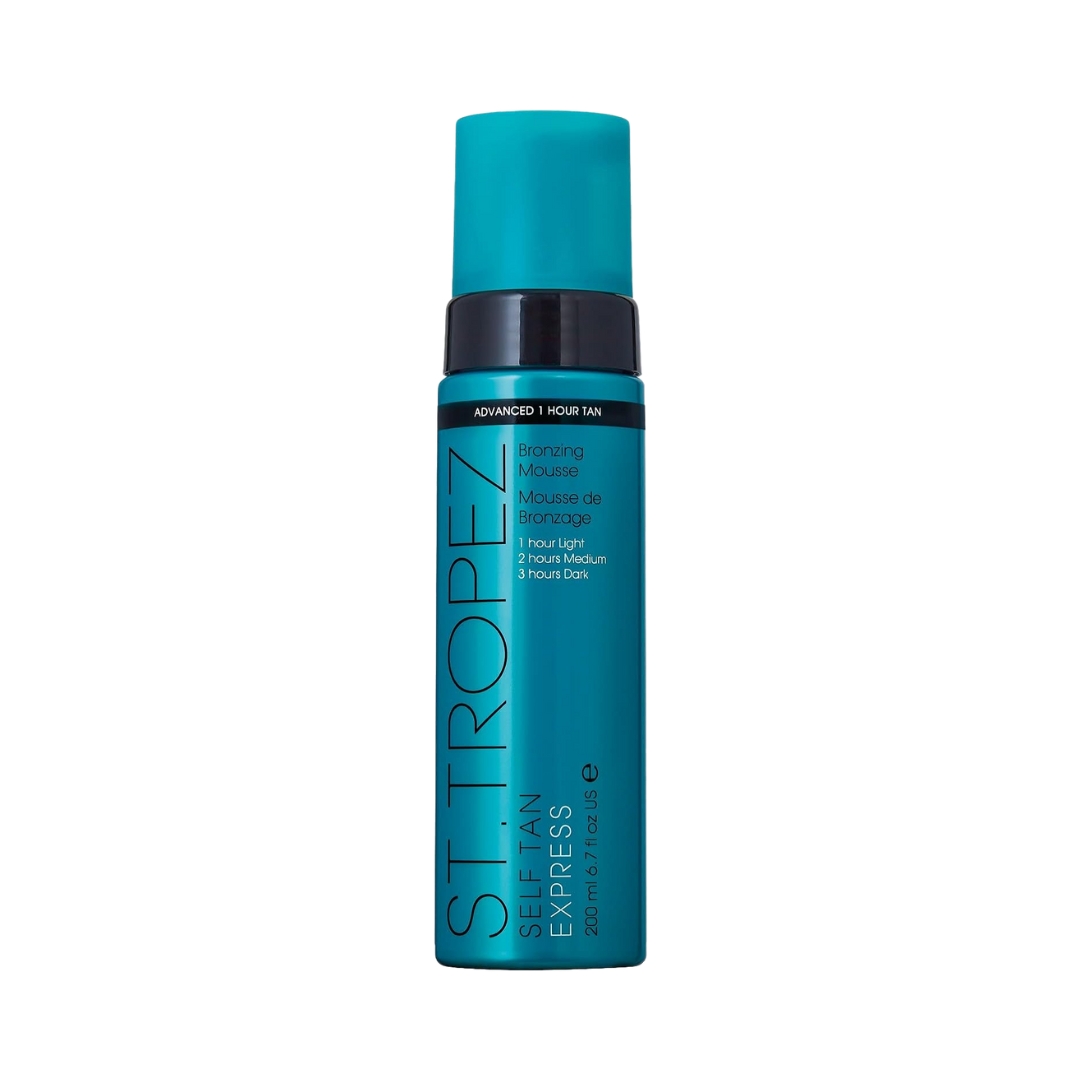
RRP: £33 for 200ml
This gets to work in a few hours, depending on the intensity of your desired finish. St. Tropez makes one of the go-to express tan formulas. Complete with a guide colour, it's super easy both to apply and blend as well as getting those results, fast.
6. Choose a clear tanner
Non-tinted formulas mean that there’s no transfer. They do not have the pigmented guide colour that helps you see where you’re applying the tan. If this screams 'disaster!' don’t panic. Choose a tanning water that turns into a mousse to make it easier to feel where you’re applying it.
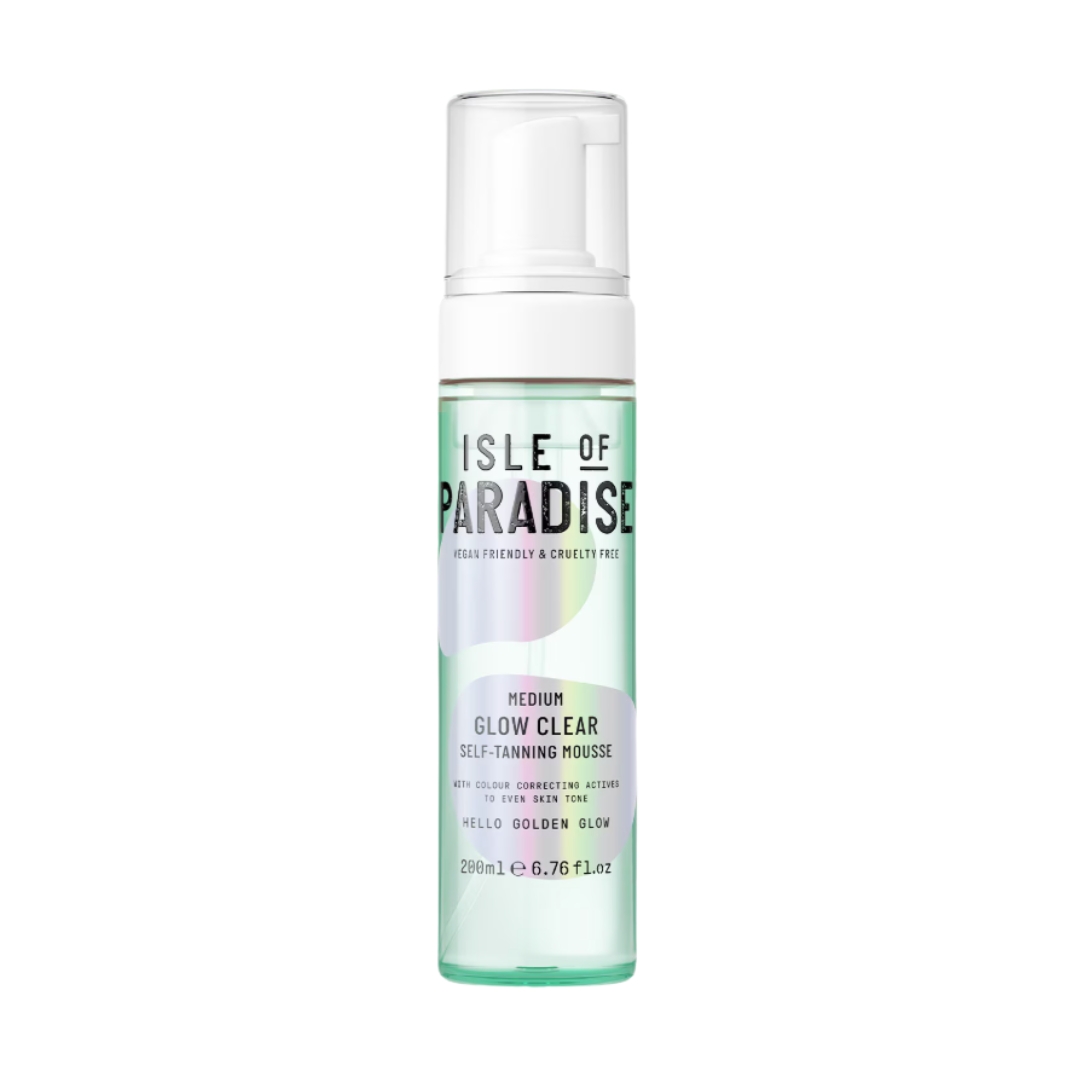
RRP: £19.95 for 200ml
Available in Light, Medium and Dark, this clear tanner gives you a deep colour payoff without worrying about any transfer onto your sheets. It creates a natural, even tan, disguising any redness or discolouration. It also has the bonus of smelling nothing like digestive biscuits.
Charley Williams-Howitt has over 20 years of experience working in the beauty industry. As well as previously writing for lifestyle titles, such as woman&home, Woman and Woman's Weekly, Charley has worked for British institutions like Marks and Spencer, John Lewis, and Superdrug creating visual and editorial content cross-platform. Starting her career in the fashion cupboard at Cosmopolitan magazine, she eventually escaped the piles of clothes to discover a world of makeup, moisturizers, and models.
